All Stories
-
 Artificial Intelligence
Artificial IntelligenceBiased online images train AI bots to see women as younger, less experienced
Age and gender bias in online images feeds into AI tools, revealing stereotypes shaping digital systems and hiring algorithms, researchers report.
By Sujata Gupta -
 Health & Medicine
Health & MedicineAre ultraprocessed foods truly addictive?
Ultraprocessed foods can create powerful pulls similar to those of alcohol, nicotine or opioids, with worrisome consequences for our health.
-
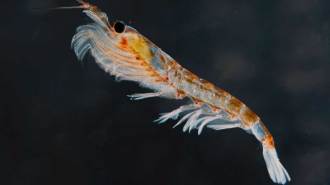 Climate
ClimateAntarctic krill eject more food when it’s contaminated with plastic
Antarctic krill don’t just sequester carbon in their poop; they also make carbon-rich pellets out of leftovers. But microplastics may throw a wrench in the works.
-
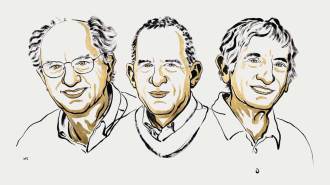 Quantum Physics
Quantum PhysicsDiscoveries that enabled quantum computers win the Nobel Prize in physics
In the 1980s, John Clarke, Michel Devoret and John Martinis demonstrated quantum effects in an electric circuit, an advance that underlies today’s quantum computers.
- Animals
What the longest woolly rhino horn tells us about the beasts’ biology
A nearly 20,000-year-old woolly rhino horn reveals the extinct herbivores lived as long as modern-day rhinos, despite harsher Ice Age conditions.
By Jake Buehler -
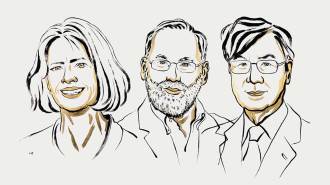 Health & Medicine
Health & MedicineFinding immune cells that stop a body from attacking itself wins medicine Nobel
Shimon Sakaguchi discovered T-reg immune cells. Mary Brunkow and Fred Ramsdell identified the cells’ role in autoimmune disease.
-
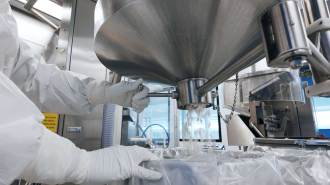 Health & Medicine
Health & MedicineNew oral GLP-1 drugs could offer more options for weight loss
GLP-1 injections use needles and require refrigeration. Pills that work in a similar way could be a cheaper, simpler solution.
By Meghan Rosen -
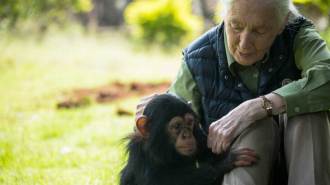 Anthropology
AnthropologyWhat Jane Goodall taught me about bones, loss and not wasting anything
A personal reflection recalls Jane Goodall’s quiet pragmatism, her deep bond with Gombe’s chimps and the scientific legacy of her skeletal collection.
By Bruce Bower -
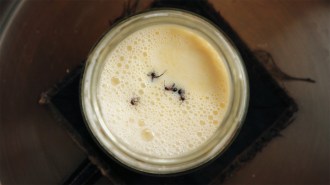 Microbes
MicrobesTo make a tasty yogurt, just add ants (and their microbes)
Spiking milk with live ants makes tangy traditional yogurt. Researchers have identified the ants' microbial pals and enzymes that help the process.
-
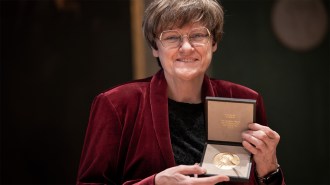 Science & Society
Science & SocietyNobel Prizes honor great discoveries — but leave much of science unseen
The Nobel Prize might be the most famous science prize but it celebrates just a narrow slice of science and very few scientists.
- Artificial Intelligence
AI-designed proteins test biosecurity safeguards
AI edits to the blueprints for known toxins can evade detection. Researchers are improving filters to catch these rare biosecurity threats.
- Plants
How dandelions rig the odds for catching upward gusts
New images reveal microstructures that, depending on how the wind blows, help give a dandelion seed lift-off or the grip needed to wait for a better breeze.
By Susan Milius